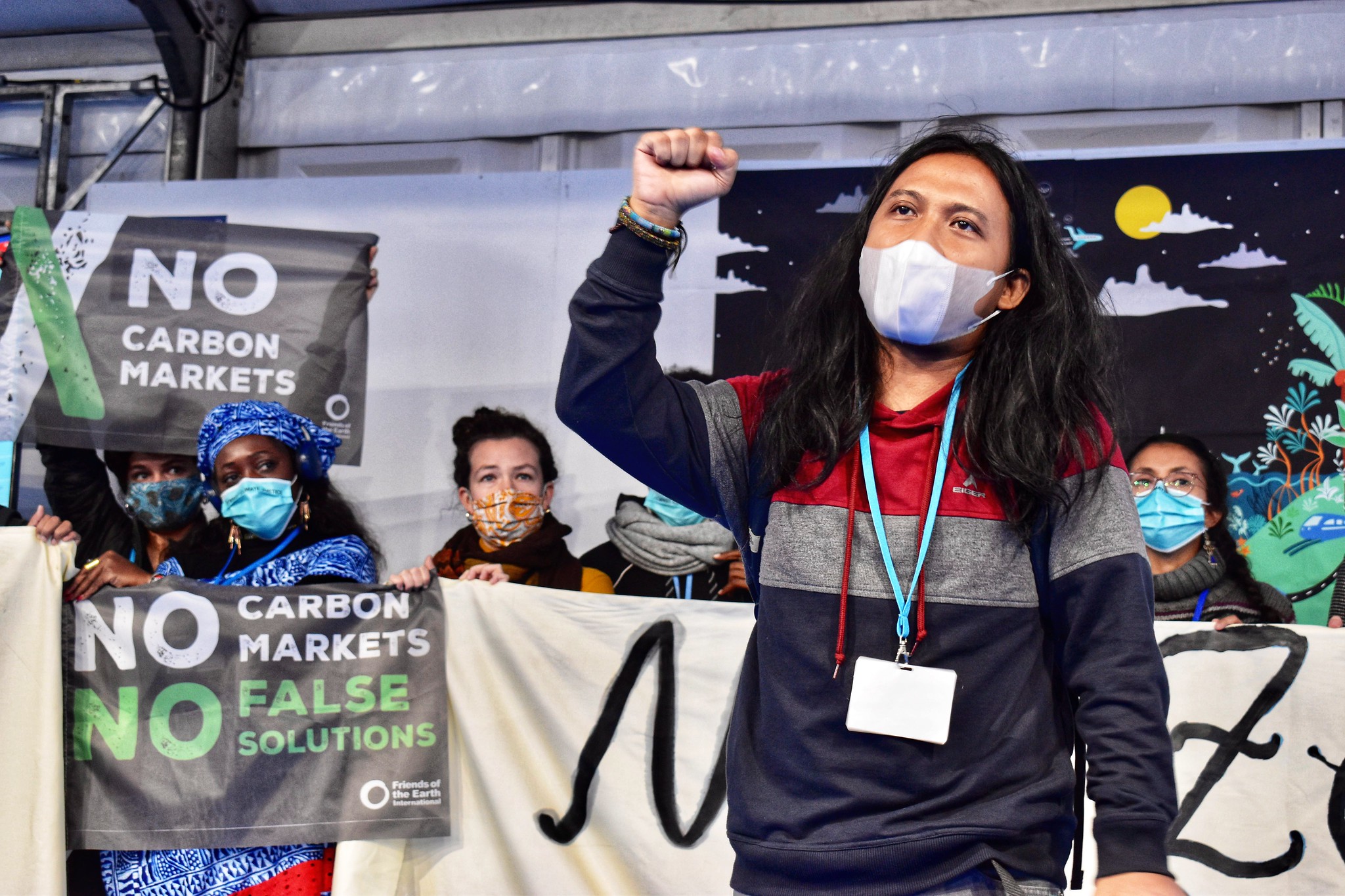
A nudge to look after the earth?
I’ve just finished reading ‘Nudge’ by Richard Thaler and Cass Sunstein, professors in Behavioural Science and Law at the University of Chicago.
Its starting premise is fairly indisputable: context matters wherever people make choices, so those who design the context – nudge calls them ‘choice architects’ – can influence people: to save more, or to choose the healthy option in the canteen, or (for men who miss the toilet) to pay attention when taking a slash (yes, really!)
It’s said that nudge has already changed thinking in the Obama White House and is required reading in David Cameron’s Downing Street.
Many of Thaler and Sunstein’s proposals seem common sense here in the UK. But it’s also surprising how few of them are routinely implemented. For example they advocate changing the defaults for organ donation, so that you’d have to opt out rather than opt in: in market tests this doubled the donation rate to over 80%, simply because so many of us simply don’t get round to signing a donor card.
While changing such ‘default’ options is one of the most powerful tools of choice architecture, effective transparency and comparability is also something nudge advocates. In its short chapter on the environment it highlights the effectiveness of the Toxic Release Inventory (TRI) in reducing toxic emissions in the US by requiring comparable declarations by business, and enabling regulators and activists to publish company pollution league tables.
I’m a great fan of the TRI, and my biggest disappointment with the Scottish version, the Scottish Pollution Release Inventory, has been the difficulty in producing meaningful league tables, and relating the amounts released to real health and environmental impacts.
But this style of approach has real limitations when the pollution concerned doesn’t directly threaten the health of local people but instead, like greenhouse gases, is a bigger threat to the wellbeing of poor people in far-away countries. Simple disclosure measures just don’t do the job in these circumstances, yet Thaler and Sunstein offer little more.
Yes, we can improve energy saving with smart meters and displays in our homes and cars, but to deliver 80% emissions cuts will take more than better choice architecture and a few subtle nudges. It will take choice editing, where the most destructive options are simply removed from the menu, preferably through equitable regulation.
Interestingly the two authors argue that nudges work best where they are encouraging people to do ‘what everyone thinks is right’ and ‘what most people do’. Yet they also favour taxes or carbon trading measures over regulation, even though trading and taxes allow the rich to continue polluting while everyone else has to cut back. I suspect that where we need to change social norms, not just reinforce them, fair regulation offers a better fit with nudges than carbon trading.
I fear that Thaler and Sunstein are allowing libertarian ideology to get the better of logic and facts, as indeed they do when describing ‘many [environmental] regulatory efforts as costly and wasteful’. Analysis by the US Environmental Protection Agency shows, for example, that the benefits of the US Clean Air Act outweighed compliance costs by over 40 times between 1970 and 1990. Similarly research by the Aldersgate Group shows that good quality environmental regulation offers major economic and social benefits.
While there is clearly much to be gained from applying the lessons of nudge to
improve choice architecture, we should not be seduced into rejecting regulatory options that can create environmental benefits in an economically efficient and equitable manner.
